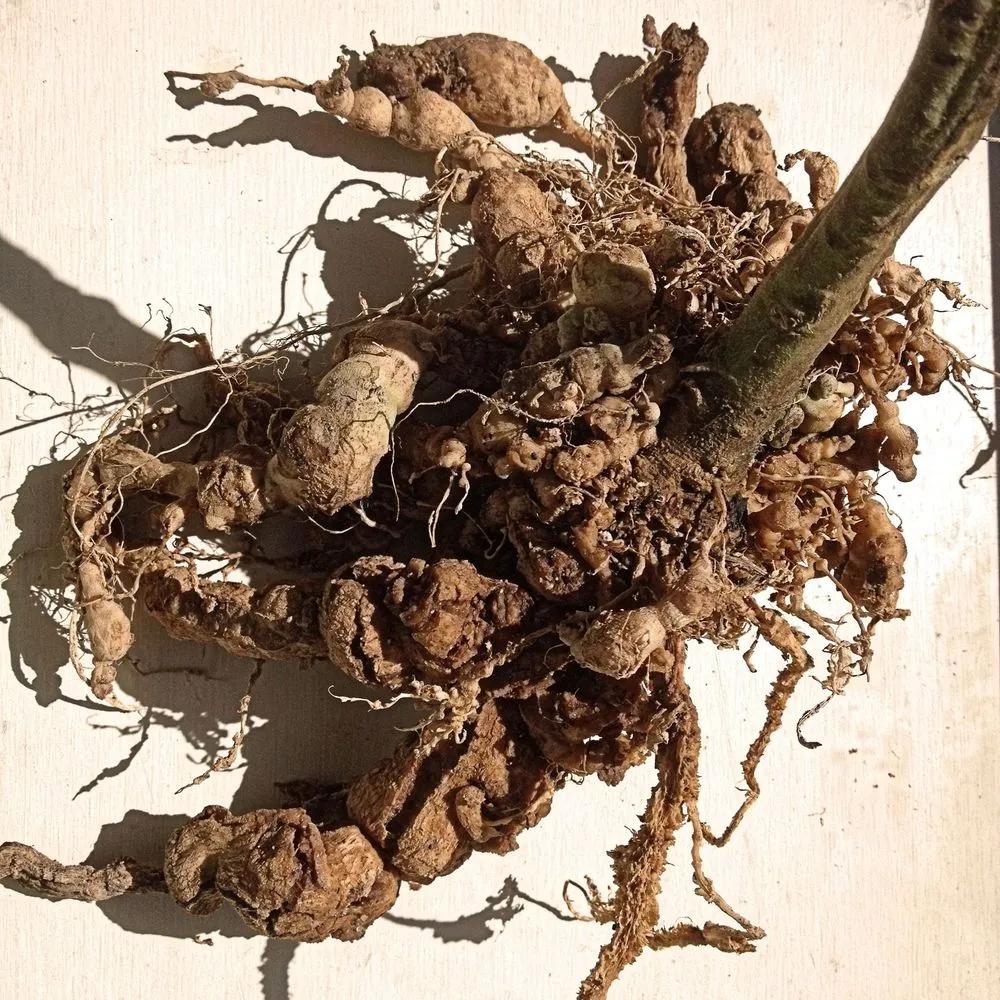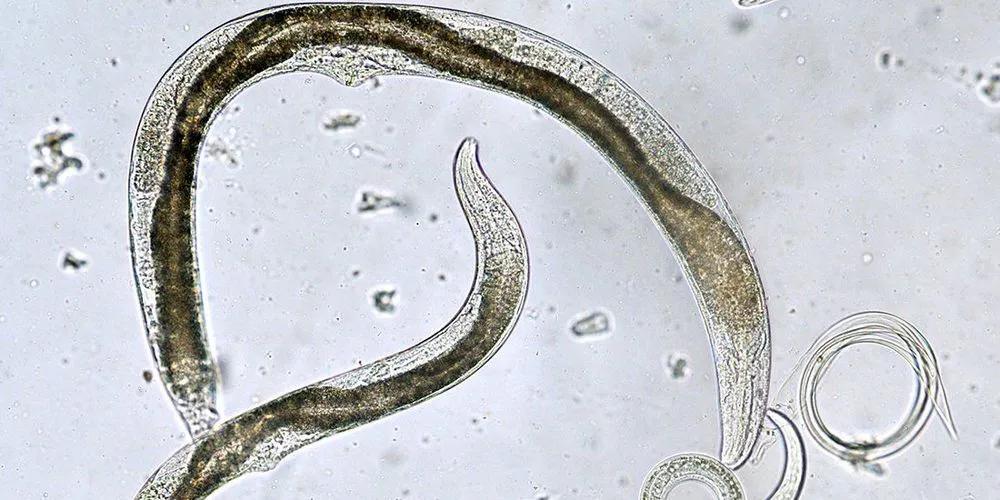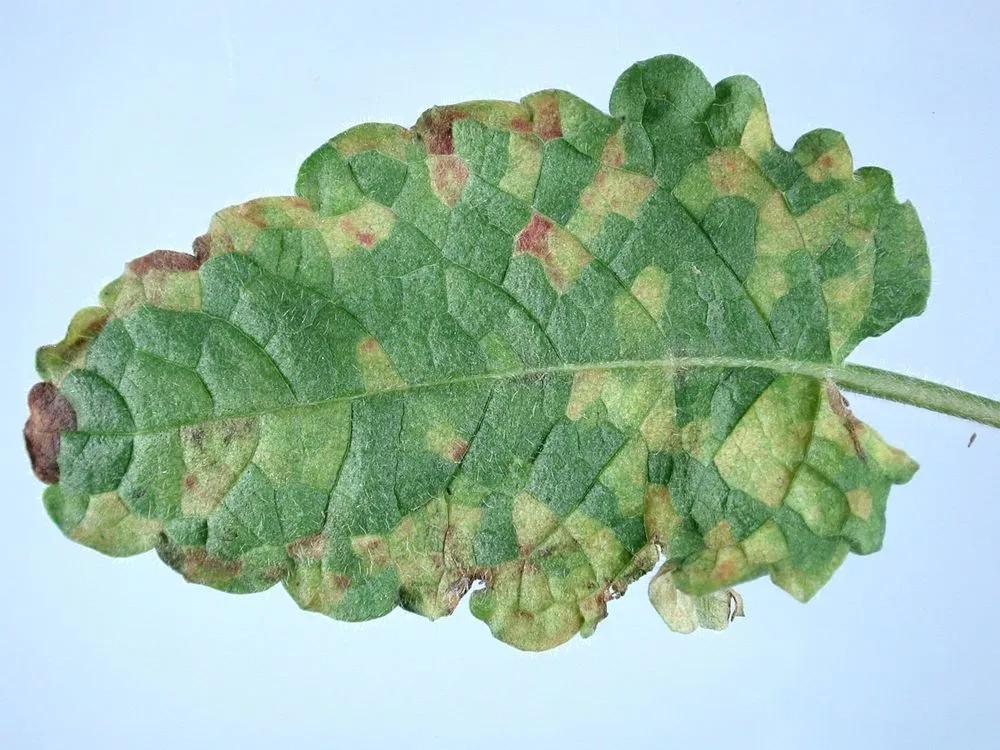Animalia is one of the diseases that is caused by Nematode worms. Nematodes are wormlike in appearance but quite distinct taxonomically from the actual worms. Annual worldwide losses caused by nematodes are estimated at about 11%. They mostly affect life-sustaining crops, which include all grains and legumes, bananas, cassava, coconut, potatoes, sugar beets, sugar cane, sweet potatoes, and sweet potatoes.
Plant Parasitic Nematodes



Signs of damage
- Withering of the whole plant, even with proper watering.
- Yellowing of the foliage
- Loss of leaves
- Bulb and stem nematodes cause swelling of the stem and shortening of the internodes
- Bud and leaf nematodes distort and kill bud and leaf tissue
- Of course, all the mentioned symptoms result in reducing yield.
How to prevent
- For planting, use only seedlings that are free from nematodes.
- Keep containers, tanks, benches, and all the equipment clean.
- Fumigate the outdoor growing fields where the seedling will be grown.
Heal
Basically, healing from this disease is a way to prevent the appearance of these worms in the soil. Here are some tips you can use before planting.
- Before planting, treat the soil area with a fumigant. Pot potting mixes for containerized plants can either be fumigated or steam pasteurized at 82°C (180°F) for approximately 30 minutes.
- Sometimes you can resort to using nematicides. Just be careful as these products are very poisonous, follow clear instructions for use. Most of these materials will damage or kill plants if applied too close to their root zone.
- Although not widely available, scientists have explored the use of antagonistic fungi like Arthrobotrys dactyloides to trap and parasitize plant pathogenic nematodes. Pasteuria penetrans, a bacterial parasite, can also be used as biological control.
Go Premium to continue reading
Also you’ll get unlimited access to disease identification and all the other beneficial features
More problems
